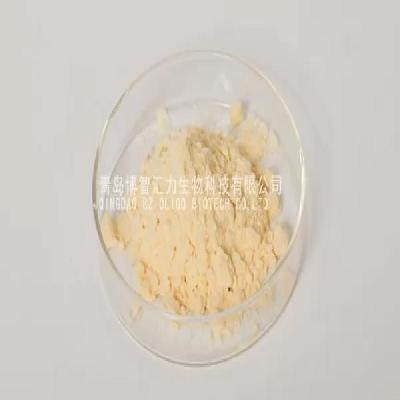-
Categories
-
Pharmaceutical Intermediates
-
Active Pharmaceutical Ingredients
-
Food Additives
- Industrial Coatings
- Agrochemicals
- Dyes and Pigments
- Surfactant
- Flavors and Fragrances
- Chemical Reagents
- Catalyst and Auxiliary
- Natural Products
- Inorganic Chemistry
-
Organic Chemistry
-
Biochemical Engineering
- Analytical Chemistry
-
Cosmetic Ingredient
- Water Treatment Chemical
-
Pharmaceutical Intermediates
Promotion
ECHEMI Mall
Wholesale
Weekly Price
Exhibition
News
-
Trade Service
Recently, the Leibniz Institute for Advanced Materials in Germany released a new supercapacitor material, claiming that it can maintain a longer state of charge without automatic discharge
.
It is understood that the characteristics of supercapacitors that can be quickly charged can be applied to all-electric buses, electric vehicles, and even wearable devices, and research on related materials is also continuing
.
While conventional capacitors use electrical plates separated by insulating substances and placed in phase, supercapacitors mostly use ionic liquid electrolyte materials to operate
at higher voltages.
The Leibniz Institute for Advanced Materials team used a hybrid material of potassium ferricyanide and liquid medium, whose energy density is 28.
3 watt-hours per kilogram by weight and 11.
4 watt-hours
per liter by volume.
At present, the upper limit of the energy density of supercapacitors is about 30 watt-hours, and the results of the Leibniz Institute for New Materials research are quite close to the upper limit and higher than the supercapacitors
made of liquid sodium sulfate.
The research team also said that the material can remain stable after 10,000 charge and discharge cycles, and believes that it will have a place
in the future energy storage market.
The research team said that potassium ferricyanide oxide raw materials provide higher energy density, as well as higher power output, another important key is the use of ion-selective ion exchange film, which can prevent current leakage, reduce the phenomenon of power loss caused by automatic discharge, so that it can remain in the charging state for a longer time, and it is not easy to automatically discharge
.
The research team believes that when using supercapacitors, it is always desirable to maintain the charging state as long as possible, and does not want to lose power due to automatic discharge, but due to the use of cyanide, there are potential safety concerns, and there are potential obstacles
to commercialization.
Although the team's release results may not become commercial products in the future, it also shows that the research of supercapacitors is in the ascendant, and new materials with better performance may be
broken out at any time.
Recently, the Leibniz Institute for Advanced Materials in Germany released a new supercapacitor material, claiming that it can maintain a longer state of charge without automatic discharge
.
It is understood that the characteristics of supercapacitors that can be quickly charged can be applied to all-electric buses, electric vehicles, and even wearable devices, and research on related materials is also continuing
.
While conventional capacitors use electrical plates separated by insulating substances and placed in phase, supercapacitors mostly use ionic liquid electrolyte materials to operate
at higher voltages.
The Leibniz Institute for Advanced Materials team used a hybrid material of potassium ferricyanide and liquid medium, whose energy density is 28.
3 watt-hours per kilogram by weight and 11.
4 watt-hours
per liter by volume.
At present, the upper limit of the energy density of supercapacitors is about 30 watt-hours, and the results of the Leibniz Institute for New Materials research are quite close to the upper limit and higher than the supercapacitors
made of liquid sodium sulfate.
The research team also said that the material can remain stable after 10,000 charge and discharge cycles, and believes that it will have a place
in the future energy storage market.
The research team said that potassium ferricyanide oxide raw materials provide higher energy density, as well as higher power output, another important key is the use of ion-selective ion exchange film, which can prevent current leakage, reduce the phenomenon of power loss caused by automatic discharge, so that it can remain in the charging state for a longer time, and it is not easy to automatically discharge
.
The research team believes that when using supercapacitors, it is always desirable to maintain the charging state as long as possible, and does not want to lose power due to automatic discharge, but due to the use of cyanide, there are potential safety concerns, and there are potential obstacles
to commercialization.
Although the team's release results may not become commercial products in the future, it also shows that the research of supercapacitors is in the ascendant, and new materials with better performance may be
broken out at any time.







